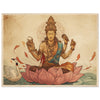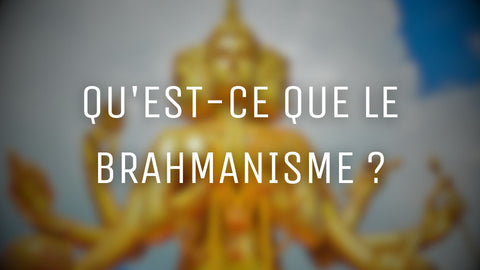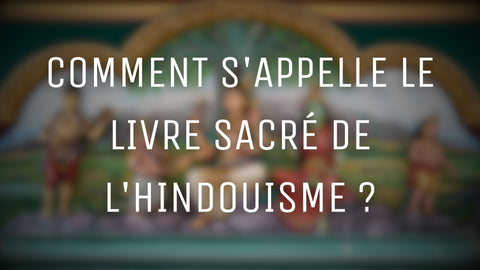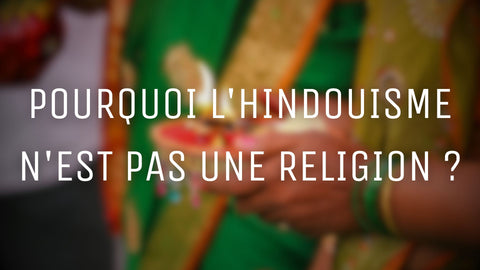
Who is the god Hanuman?
of reading
The Hindu god Hanuman, "companion of Rama and Hindu monkey god", is well known in India but also in Bali, where it is called Maha Mangkuban. He is the son of "Lord of the Winds" (Vayu), and if her offspring fly to the bedside of a widow or flies away from summit to summit - this usually implies that prefer help rather than save, much like the ideal wife of Ravana was so cruelly stolen by him in the Ramayana. The Balinese know this history as well as the Indians.
"Dance Monkey" (Kecak) Bali is a testimony of the god of power monkey, both for locals and tourists. Long-tailed macaques roam along the walls and over the temples, reminding us that truth, while Kecak performances - including monkeys are the protagonists - are organized on the ground or near a cliff for fun all. Even primates can not avoid to speak ...

The legacy of Hanuman
Although there are several versions of this tale, his favorite food is bananas. This god with great power and great strength was also known for being a single deity used with energy and power. Watching the sun rise early in the morning when he was young, according to legend, Hanuman thought it was a ripe fruit.
The sun, which was snatched from heaven and is now suspended in the air by one of the many children of Sol, was stopped in its tracks. He jumps in his usual position and catches the sun in his mouth, but he fears swallow and destroy the world. The monkey god yields while all the gods unite to ask him to spit out the sun shining: Hanuman is undoubtedly a "good" divinity, if not the greatest.
At Paritala, in southern India, is a huge statue of Hanuman to the brilliant and gorgeous colors. The monkey god worship is an important part of everyday life in this region for centuries. There are a thousand years old Indian culture has created a long piece called Hanuman Sanskrit-nataka (or Mahanataka), which was most probably written by many authors.
In the Ramayana, the great Indian epic, Hanuman is the commander of the army of monkeys to help Rama to conquer Lanka (Ceylon and later Sri Lanka) to recover his wife Sita, Ravana had abducted. Louis Frederic says that Hanuman was born of the wind (Pavana, Anila or Vayu), an Apsara (celestial dancer) known to Anjana (or Arijana), sacred and eternal nature: "He had the ability to fly in air, extraordinary strength and immortality "
Louis Frederick, expert in herbal medicine, healing the injured right while shooting the evil demons. Louis Frederick says he had "a reputation as a scholar and one of the first grammarians", becoming a familiar figure and venerated Indian folklore. His effigy is frequently seen in places where Vishnu and Rama are revered. Marutputra ( "son of Marut") Anili ( "son of Anila") and Anjaneya ( "son of Anjana") are some of his many names.

Hanuman in Indian culture
Hanuman Jayanti is still a religious festival well known in India, commemorating the anniversary of the alleged birth of the monkey god day of the full moon of Chaitra (March-April). Hanuman is also known under the names of "the one with powerful jaws," "great hero" (Mahavira), "sanctified, purified" (Pavana) and "son of the wind" (Maruti), according to the Dictionary of myths and symbols of Nadia Julian.
A wild monkey with a golden mace and a reddened face and a long tail and a hairy chest covered in tattoos of Sita and Rama, is sometimes represented.
Complete this information through etymology to help us clarify our concepts and avoid, if possible, some unwise behaviors. The term Sanskrit "Vanara" ("The one who lives in the forest") is at the origin of the word "bandar" this time, however, the term Hindi for "forest" is "vana", from which the word Hindi comes from "Ban" etymologically speaking, the monkey is a wild because the Latin term "Savage" derives directly from the Latin "Silva", which means almost "forest" the wild lives in the trees, just like the bandar.
In other words, a simian is both a wild animal and a savage. It is undoubtedly a shortcut, but it gave rise to a considerable number of pages written by those who spend their time - especially at the end of the nineteenth century and unfortunately still today for some who exalt to the Pretended "Race inequality" - trying to find the missing link between the monkey and the man. However, it is indisputable that the monkey descends directly from the trees while the man is clearly from it; If God exists, he is content to be a frightened viewer ...



















